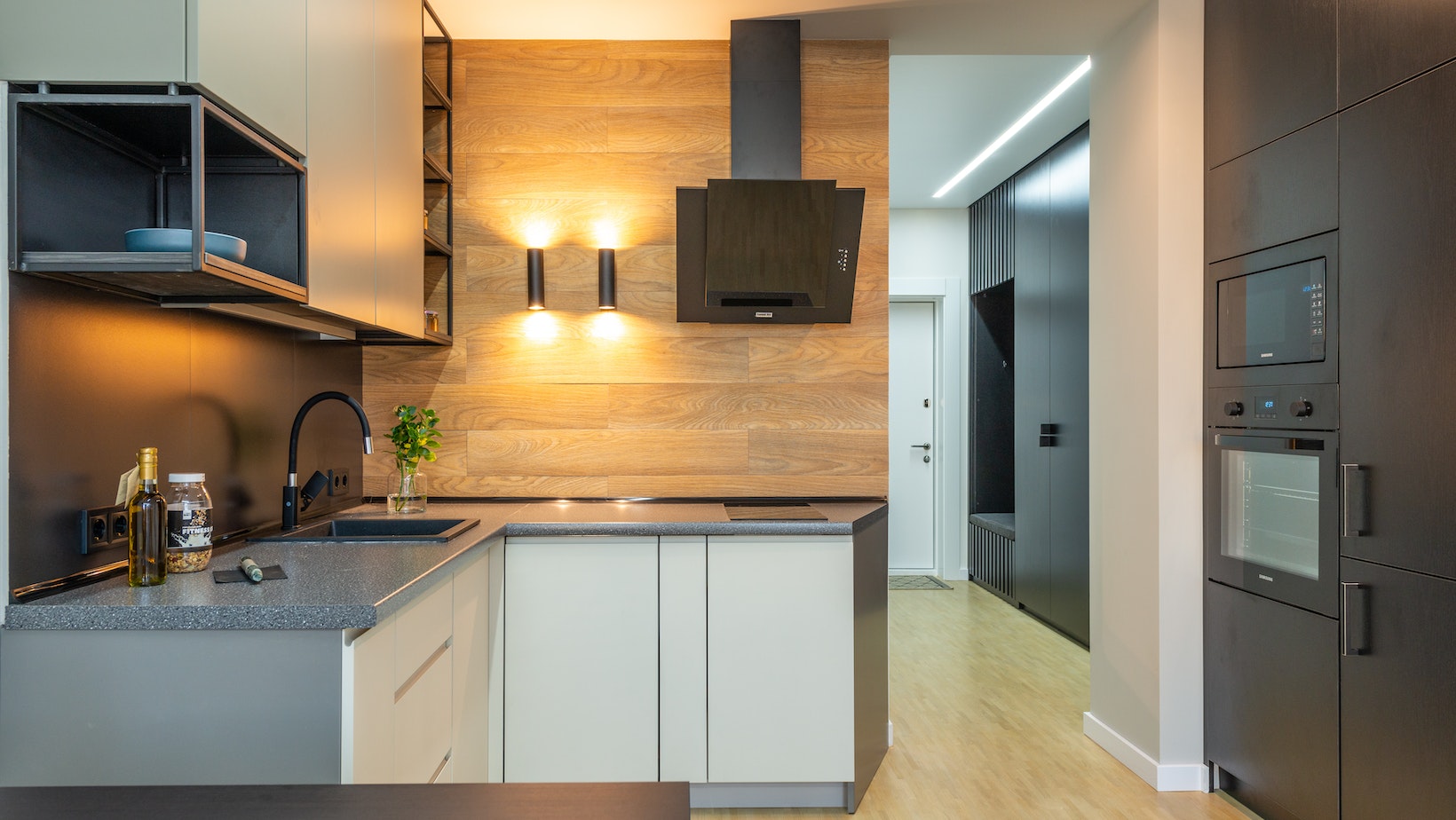Standard Distance Between Hood and Stove
When it comes to the standard distance between a hood and stove, there are some important considerations to keep in mind. The distance plays a crucial role in ensuring proper ventilation and safety in your kitchen. Some factors that determine the ideal distance include the type of cooking you do, the size of your range hood, and local building codes.
One key factor to consider is the type of cooking you typically do. If you frequently use high-heat cooking methods or have an open flame on your stove, a larger gap between the hood and stove may be necessary to allow for better airflow and capture of smoke and fumes. On the other hand, if you primarily engage in low-heat cooking techniques, a smaller gap may suffice. The size of your range hood also plays a role in determining the appropriate distance. A larger hood may require more space to effectively capture smoke and odors, while a smaller one may be able to operate efficiently with less clearance.
Finally, it’s essential to consult local building codes when determining the standard distance between your hood and stove. These codes often specify minimum requirements for safety reasons and should be followed to ensure compliance.
By taking into account these factors – your cooking style, range hood size, and local regulations – you can determine the optimal standard distance between your kitchen hood and stove for effective ventilation and safety.

Determining the Ideal Distance
When it comes to the standard distance between a hood and stove, finding the ideal measurement can be perplexing. However, with a little knowledge and careful consideration, you can ensure optimal functionality and safety in your kitchen setup.
Firstly, it’s important to understand that the distance between the hood and stove should allow for efficient removal of smoke, odors, and grease. A general rule of thumb is to maintain a minimum clearance of 24 to 30 inches (61 to 76 centimeters) from the cooking surface to the bottom of the hood. This ensures adequate capture of airborne particles while cooking. However, keep in mind that this range may vary depending on factors such as the type of hood you have (wall-mounted or island), the power of your ventilation system, and local building codes. It’s always recommended to consult these guidelines for specific requirements in your area.
Another factor to consider is the size of your stove or cooktop. If you have a larger cooking surface or frequently use high-heat cooking methods like grilling or frying, you may need to increase the distance between your hood and stove. This allows for better dispersal of heat and steam generated during these intense cooking activities.
Additionally, take into account any overhead cabinets or shelves that are present above your stove area. These structures can impact airflow and ventilation efficiency if placed too close to the hood. Aim for at least 18 inches (46 centimeters) of clearance between any combustible materials and the bottom edge of your range hood.
Lastly, don’t forget about personal comfort while cooking. Consider your height and reach when determining the ideal distance between your hood and stove. You’ll want enough space to comfortably maneuver pots and pans without feeling cramped or restricted by low-hanging hoods.
In conclusion, determining an ideal distance between your hood and stove involves considering factors such as ventilation efficiency requirements, local regulations, size of the cooking surface, presence of overhead structures, and personal comfort. By finding the right balance between functionality and safety, you can create a well-designed kitchen space that enhances your culinary experience.


 By
By 




